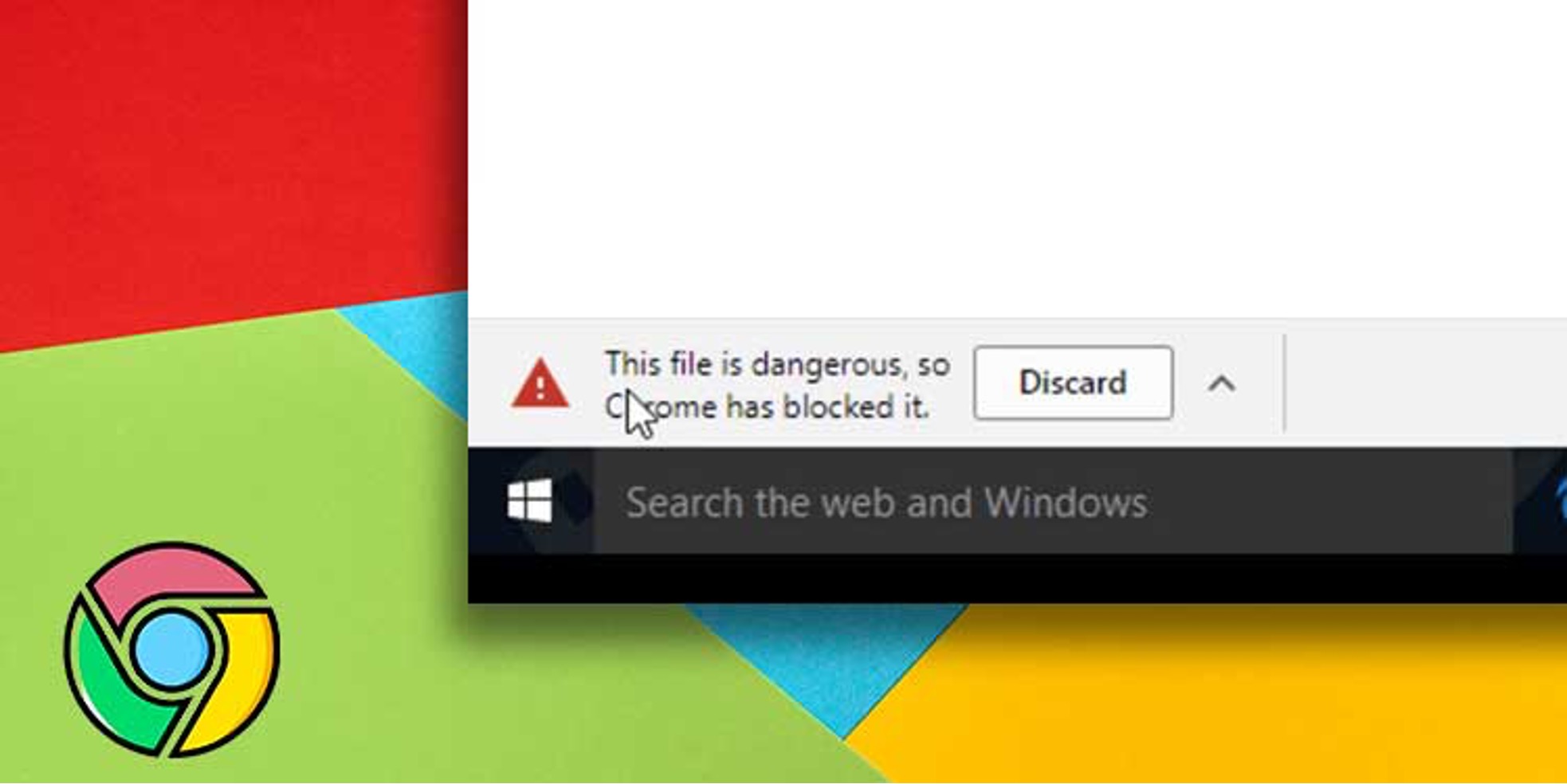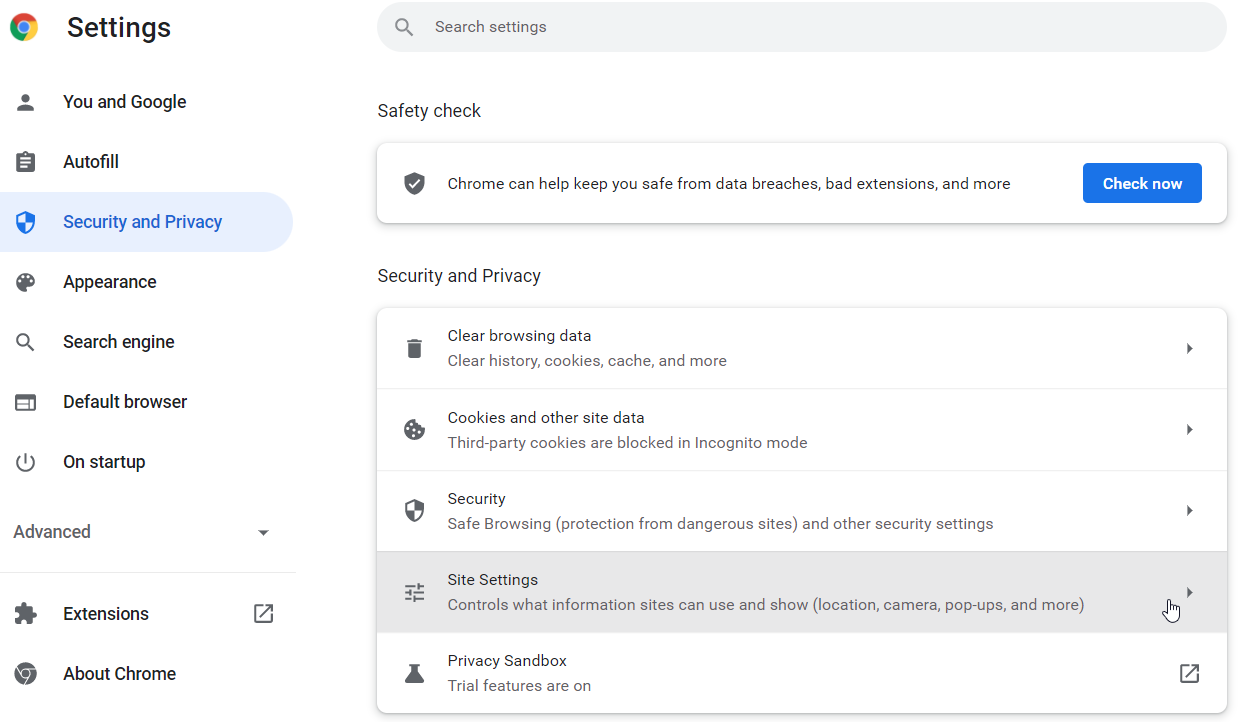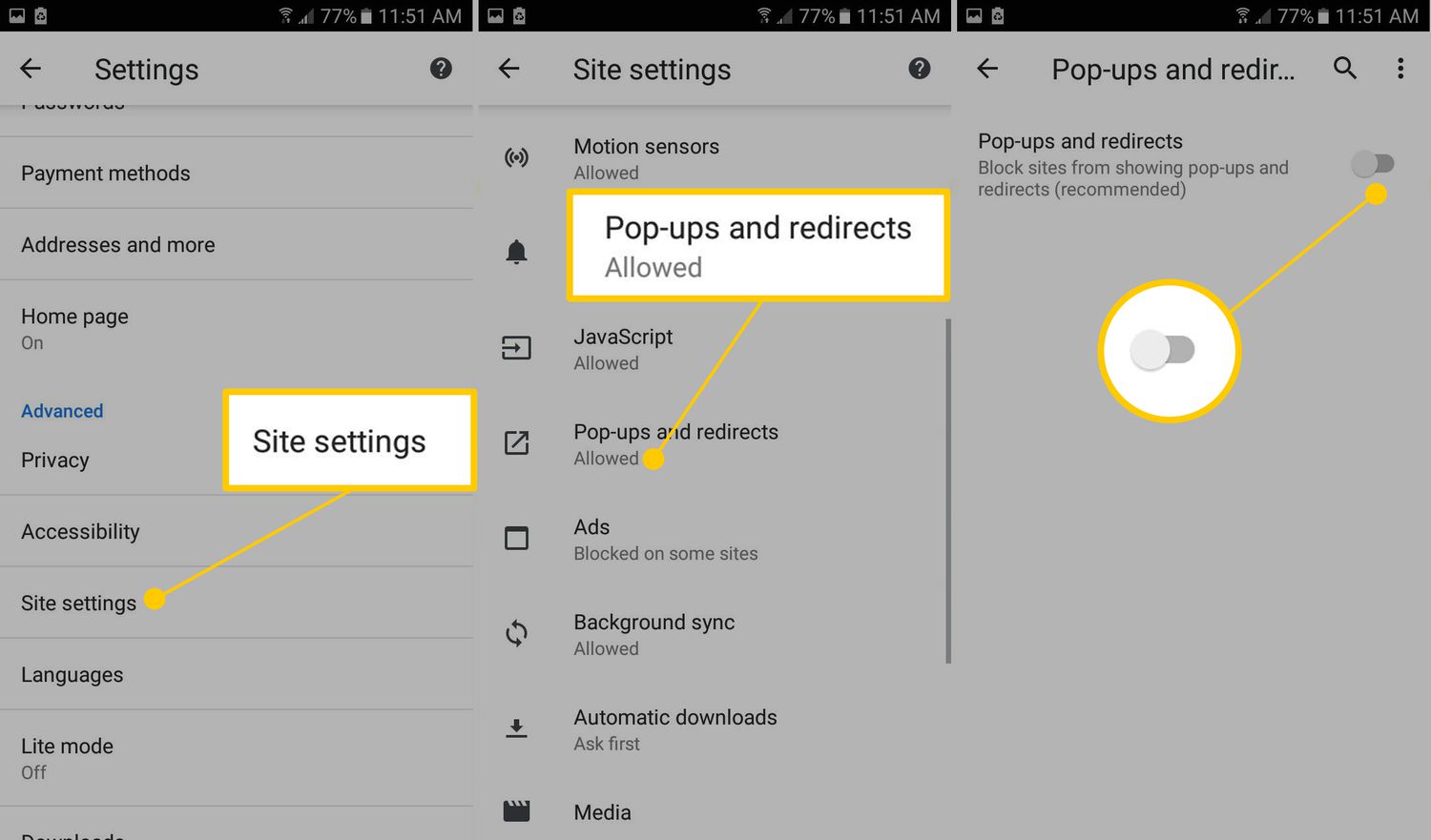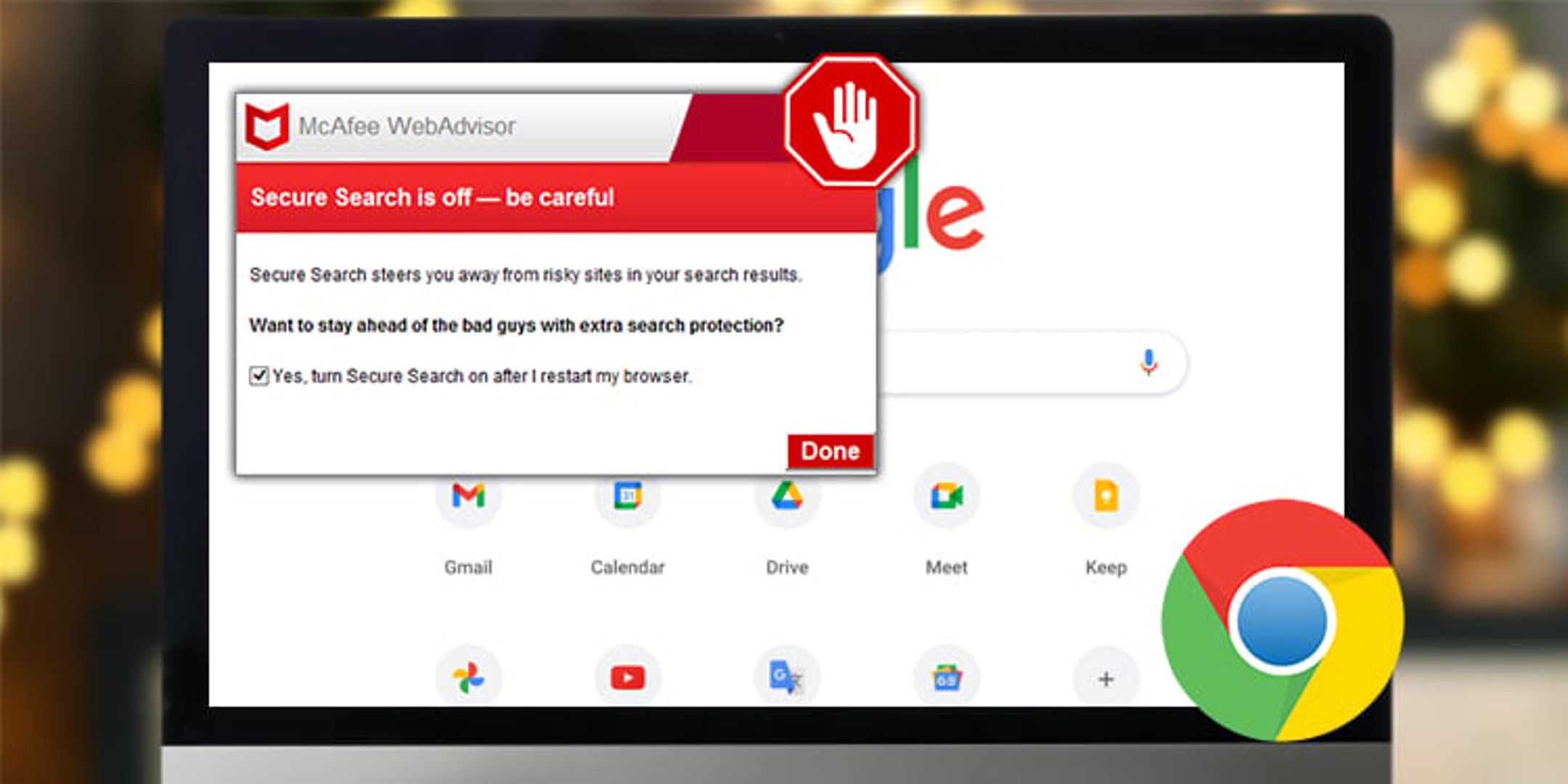Introduction
Google Chrome is a popular web browser known for its speed, simplicity, and user-friendly interface. However, one common issue that users encounter is Chrome's tendency to block downloads. This can be frustrating, especially when you're trying to access important files or documents. Fortunately, there are several methods to address this problem and get Chrome to stop blocking downloads.
In this article, we'll explore various strategies to troubleshoot download-blocking issues in Chrome. Whether you're experiencing difficulties with downloading files from specific websites or encountering general download restrictions, we've got you covered. By following the steps outlined in this guide, you'll be able to regain control over your downloads and enjoy a seamless browsing experience.
Let's delve into the solutions that can help you overcome Chrome's download-blocking hurdles. Whether it's adjusting browser settings, disabling safe browsing features, managing downloads more effectively, or exploring alternative browsers, we'll walk you through the process of resolving this common inconvenience. So, if you're tired of Chrome thwarting your download attempts, read on to discover the strategies that can help you reclaim your downloading freedom.
Check Chrome Settings
When Chrome blocks downloads, the first step is to review and adjust the browser settings. This can be an effective way to troubleshoot download issues and ensure that you have the necessary permissions to access and save files from the web. Here's how you can check and modify Chrome settings to address download-blocking problems:
-
Open Chrome Settings: Begin by accessing the Chrome settings menu. You can do this by clicking on the three-dot icon in the top-right corner of the browser window and selecting "Settings" from the dropdown menu.
-
Navigate to Privacy and Security: Within the Settings menu, locate and click on "Privacy and security" in the left-hand navigation panel. This section contains various options related to browsing privacy and security settings.
-
Review Site Settings: Under the "Privacy and security" section, click on "Site settings." This will allow you to manage permissions for specific websites, including those related to downloads.
-
Check Download Permissions: Once you're in the Site settings, scroll down to find the "Additional permissions" section and click on "Downloads." Here, you can review the default download settings for websites. Ensure that the option to block or allow downloads is configured according to your preferences.
-
Adjust Download Settings: If necessary, modify the download settings to allow downloads from specific websites or adjust the default behavior for all websites. You can choose to block or allow downloads, as well as manage exceptions for individual sites.
-
Restart Chrome: After making any changes to the download settings, it's advisable to restart the Chrome browser to ensure that the adjustments take effect.
By checking and adjusting the Chrome settings related to downloads, you can troubleshoot potential restrictions that may be causing download-blocking issues. This method allows you to customize the browser's behavior regarding downloads and ensure that you have the necessary permissions to access and save files from the web.
Taking the time to review and modify Chrome settings can often resolve download-blocking problems, providing you with greater control over your browsing experience and the ability to download files without unnecessary interruptions. If adjusting the settings within Chrome doesn't fully address the download-blocking issue, there are additional strategies to explore, which we'll cover in the following sections.
Disable Safe Browsing
Another potential solution to address download-blocking issues in Chrome is to consider disabling the Safe Browsing feature. Safe Browsing is a security feature built into Chrome that helps protect users from phishing attacks, malware, and other web-based threats by identifying and warning about potentially harmful websites. While this feature is designed to enhance online safety, it can sometimes lead to false positives, causing legitimate downloads to be blocked.
Here's how you can disable the Safe Browsing feature in Chrome:
-
Access Chrome Settings: Start by opening the Chrome browser and accessing the settings menu. You can do this by clicking on the three-dot icon in the top-right corner of the browser window and selecting "Settings" from the dropdown menu.
-
Navigate to Security Settings: Within the Settings menu, locate and click on "Privacy and security" in the left-hand navigation panel. This section contains various security-related options, including those related to Safe Browsing.
-
Disable Safe Browsing: Under the "Privacy and security" section, look for the "Security" subsection. Here, you'll find the option to enable or disable Safe Browsing. Toggle the switch to turn off Safe Browsing.
-
Confirm the Changes: After disabling Safe Browsing, it's important to confirm the changes and restart the browser to ensure that the adjustments take effect.
By disabling the Safe Browsing feature, you may be able to resolve download-blocking issues caused by false positives. However, it's important to note that this action temporarily reduces the browser's protection against potentially harmful websites. Therefore, it's advisable to exercise caution and only disable Safe Browsing if you are confident in the safety and legitimacy of the websites you intend to download from.
Disabling Safe Browsing can be a useful troubleshooting step for addressing download-blocking issues in Chrome. By temporarily turning off this security feature, you can test whether it is contributing to the problem and determine if it's necessary to explore alternative solutions. If disabling Safe Browsing doesn't fully resolve the download-blocking issue, there are additional methods to consider, which we'll explore in the following sections.
Manage Downloads
Managing downloads effectively can play a crucial role in addressing and preventing download-blocking issues in Google Chrome. By taking a proactive approach to organizing and monitoring your downloads, you can streamline the process and minimize potential obstacles. Here are some strategies to help you manage downloads more efficiently:
Utilize the Downloads Page
Chrome provides a dedicated Downloads page that allows you to view and manage your recent downloads. To access this page, click on the three-dot icon in the top-right corner of the browser window, then select "Downloads" from the dropdown menu. On the Downloads page, you can review your download history, including the file names, download status, and locations. This feature enables you to keep track of your downloads and quickly identify any issues or interruptions.
Clear Download History
Over time, a cluttered download history can make it challenging to locate specific files and identify potential download-blocking patterns. By periodically clearing your download history, you can maintain a more organized and streamlined record of your downloads. To clear your download history in Chrome, navigate to the Downloads page, click on "Clear all" or select individual downloads to remove, and then confirm the action. This simple maintenance task can help optimize the download management process.
Monitor Downloaded Files
After initiating a download, it's essential to monitor the progress and status of the file transfer. Keep an eye on the download bar at the bottom of the Chrome window to ensure that the download is progressing smoothly. If the download appears to be stuck or interrupted, you can take appropriate action, such as pausing and resuming the download or troubleshooting any connectivity issues that may be affecting the download process.
Organize Downloaded Files
Maintaining a well-organized system for storing downloaded files can contribute to a more efficient and manageable download experience. Consider creating specific folders or directories for different types of downloads, such as documents, images, or software. This approach can help you quickly locate and access your downloaded files while minimizing clutter and confusion.
Utilize Download Management Extensions
Chrome offers a variety of download management extensions that can enhance your ability to organize, monitor, and control your downloads. These extensions provide additional features and customization options, allowing you to tailor the download experience to your preferences. Explore the Chrome Web Store to discover download management extensions that align with your specific needs and preferences.
By implementing these download management strategies, you can take proactive steps to optimize the download process and mitigate potential download-blocking issues. Effectively managing your downloads not only enhances your browsing experience but also empowers you to troubleshoot and address any obstacles that may arise during the download process.
Use an Alternative Browser
If you've exhausted troubleshooting options within Google Chrome and continue to encounter persistent download-blocking issues, considering an alternative browser may offer a viable solution. While Chrome is widely acclaimed for its speed and versatility, other browsers provide unique features and functionalities that could potentially circumvent the download hurdles you're facing.
One popular alternative is Mozilla Firefox, known for its robust privacy features and customizable interface. Firefox offers a comprehensive set of privacy and security settings, empowering users to tailor their browsing experience while maintaining control over downloads. By leveraging Firefox's flexible settings and extensions, you may find that it provides a seamless download experience without the interruptions you've encountered in Chrome.
Another noteworthy alternative is Microsoft Edge, which has gained traction for its integration with Windows 10 and its focus on productivity. With built-in security features and a user-friendly interface, Edge presents a compelling option for users seeking a reliable browser for their download needs. Its seamless integration with Microsoft services and the ability to sync browsing data across devices make it a convenient choice for users within the Windows ecosystem.
For those who prioritize privacy and open-source software, the Brave browser offers a compelling alternative. Built on the Chromium engine, Brave emphasizes privacy and security, blocking intrusive ads and trackers by default. Its streamlined interface and emphasis on speed make it an attractive option for users seeking a browser that prioritizes user privacy while delivering a smooth download experience.
Additionally, Opera, with its innovative features such as built-in ad blocker, free VPN, and customizable interface, presents another alternative worth considering. Opera's focus on user convenience and data privacy, coupled with its efficient download management capabilities, makes it a strong contender for users seeking a reliable and feature-rich browsing experience.
Exploring alternative browsers allows you to leverage diverse features and functionalities tailored to your specific browsing and download requirements. By experimenting with different browsers, you can identify the one that best aligns with your preferences and effectively addresses any download-blocking challenges you've encountered. Embracing the versatility of alternative browsers empowers you to tailor your browsing experience and overcome any limitations that may have hindered your download activities in Chrome.

























